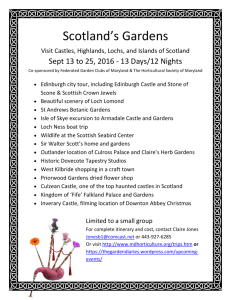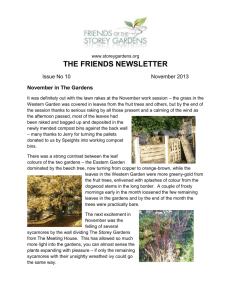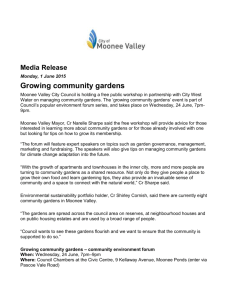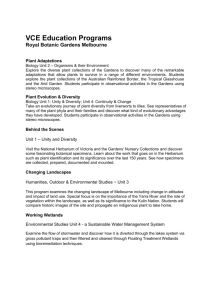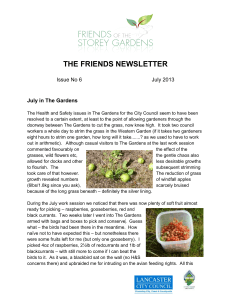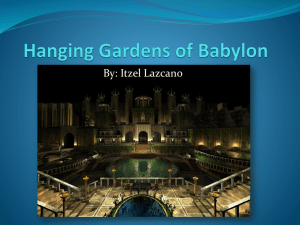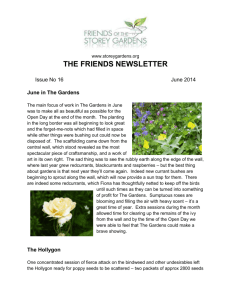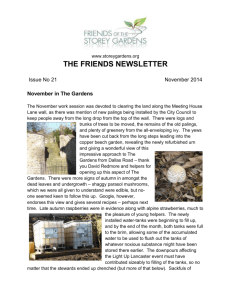What kinds of gardens existed in the Middle Ages and early
advertisement
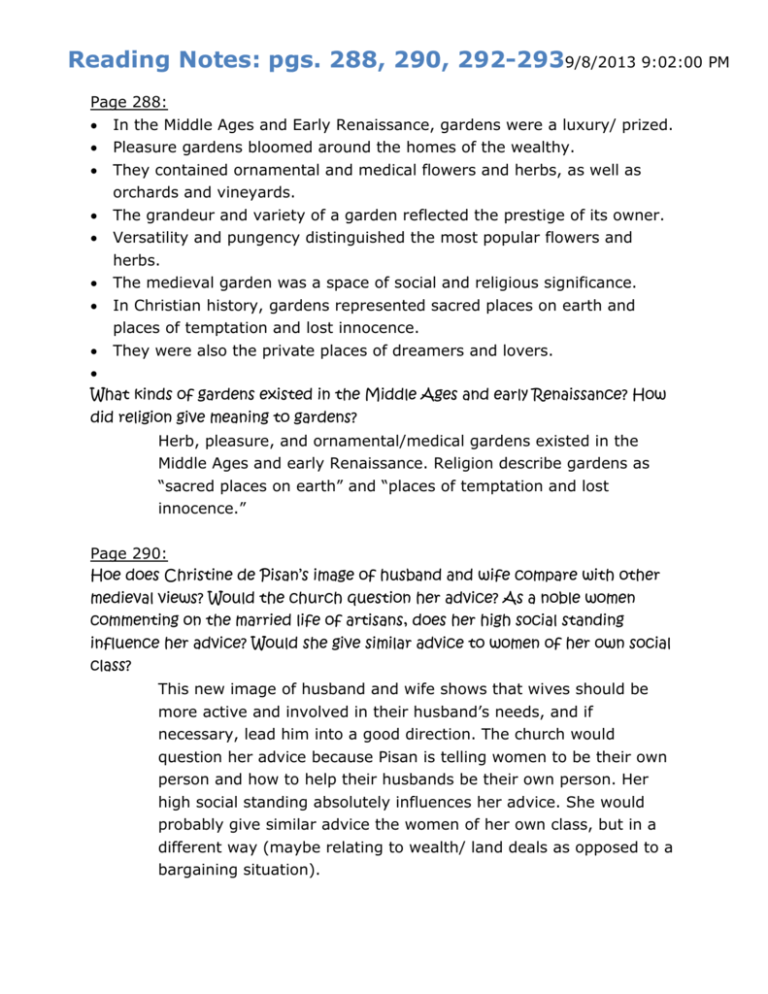
Reading Notes: pgs. 288, 290, 292-2939/8/2013 9:02:00 PM Page 288: In the Middle Ages and Early Renaissance, gardens were a luxury/ prized. Pleasure gardens bloomed around the homes of the wealthy. They contained ornamental and medical flowers and herbs, as well as orchards and vineyards. The grandeur and variety of a garden reflected the prestige of its owner. Versatility and pungency distinguished the most popular flowers and herbs. The medieval garden was a space of social and religious significance. In Christian history, gardens represented sacred places on earth and places of temptation and lost innocence. They were also the private places of dreamers and lovers. What kinds of gardens existed in the Middle Ages and early Renaissance? How did religion give meaning to gardens? Herb, pleasure, and ornamental/medical gardens existed in the Middle Ages and early Renaissance. Religion describe gardens as “sacred places on earth” and “places of temptation and lost innocence.” Page 290: Hoe does Christine de Pisan’s image of husband and wife compare with other medieval views? Would the church question her advice? As a noble women commenting on the married life of artisans, does her high social standing influence her advice? Would she give similar advice to women of her own social class? This new image of husband and wife shows that wives should be more active and involved in their husband’s needs, and if necessary, lead him into a good direction. The church would question her advice because Pisan is telling women to be their own person and how to help their husbands be their own person. Her high social standing absolutely influences her advice. She would probably give similar advice the women of her own class, but in a different way (maybe relating to wealth/ land deals as opposed to a bargaining situation). Page 292-293 Who or what are Pico’s and Dürer’s glorified humans? Is the vaunted “Renaissance Man” real or fictional? Pico’s and Dürer’s glorified humans are “creatures of indeterminate [undefined] nature.” The vaunted “Renaissance Man” is real. What is one to make of an era fixated on the perfect body and mind? One is to think that the perfect body and mind can be achieved with “free will.” Is Martin Luther’s rejoinder (the bondage of the human will) truer to life, or religious misanthropy? Martin Luther’s rejoinder is truer to life and how it should be lived with God, but also free will. 9/8/2013 9:02:00 PM 9/8/2013 9:02:00 PM

